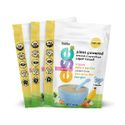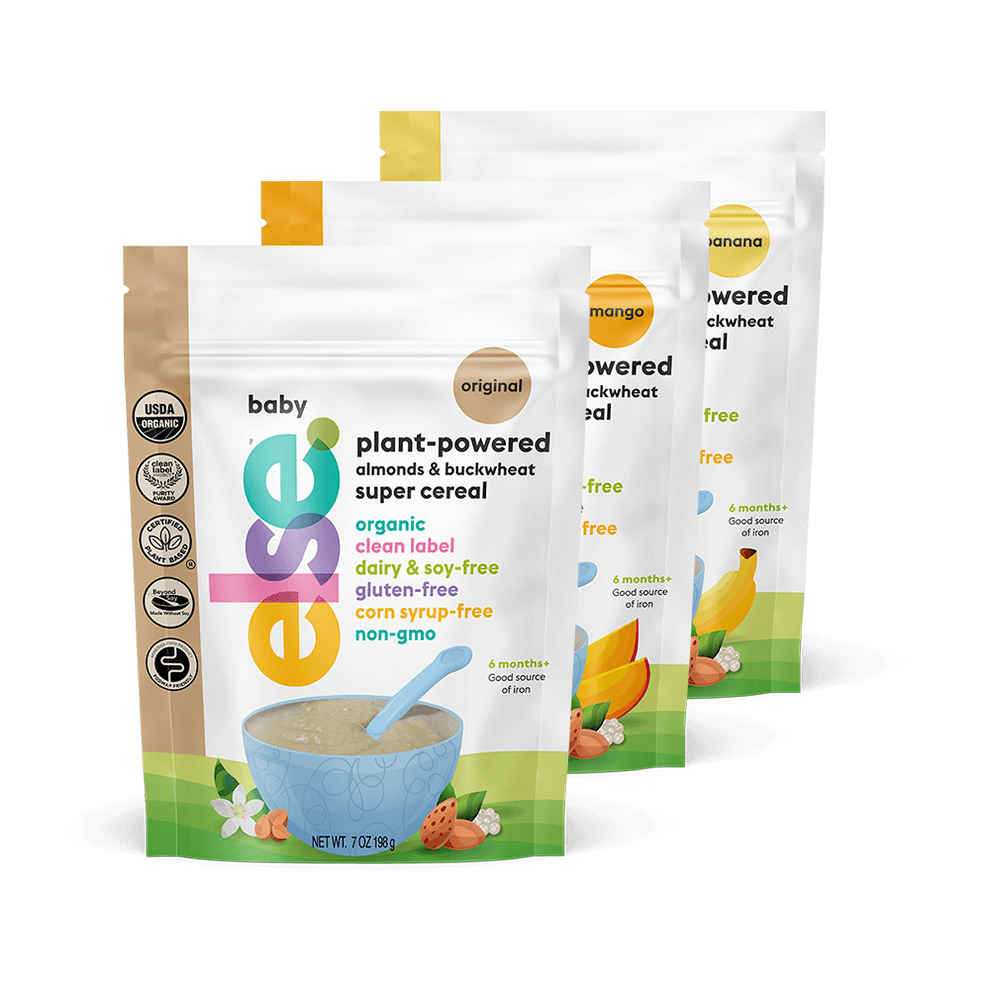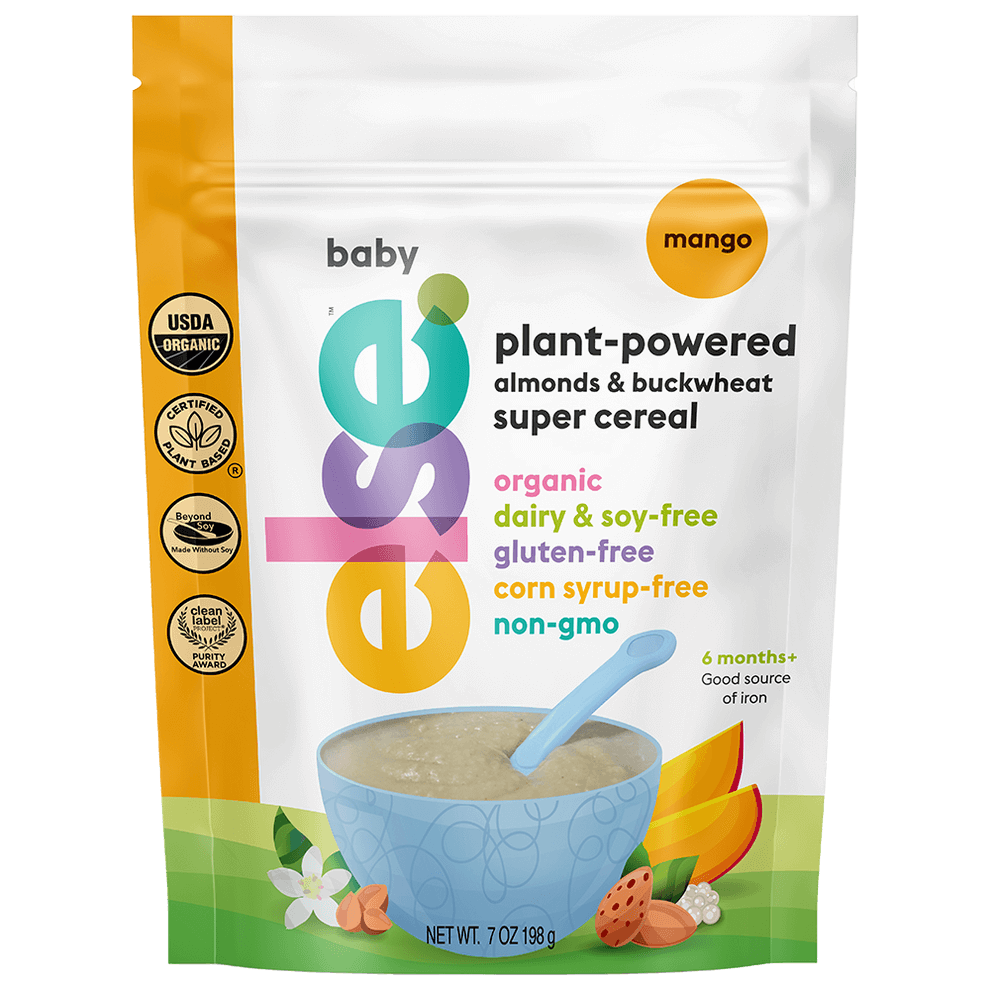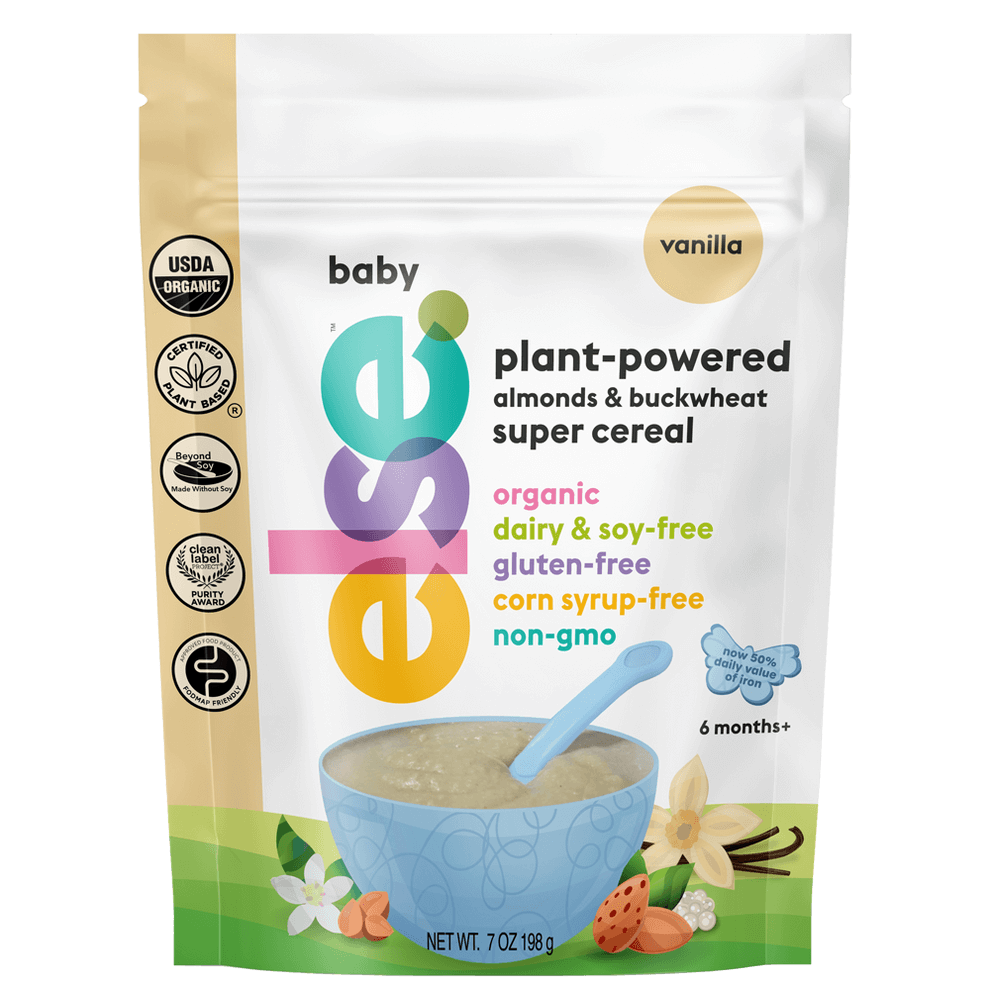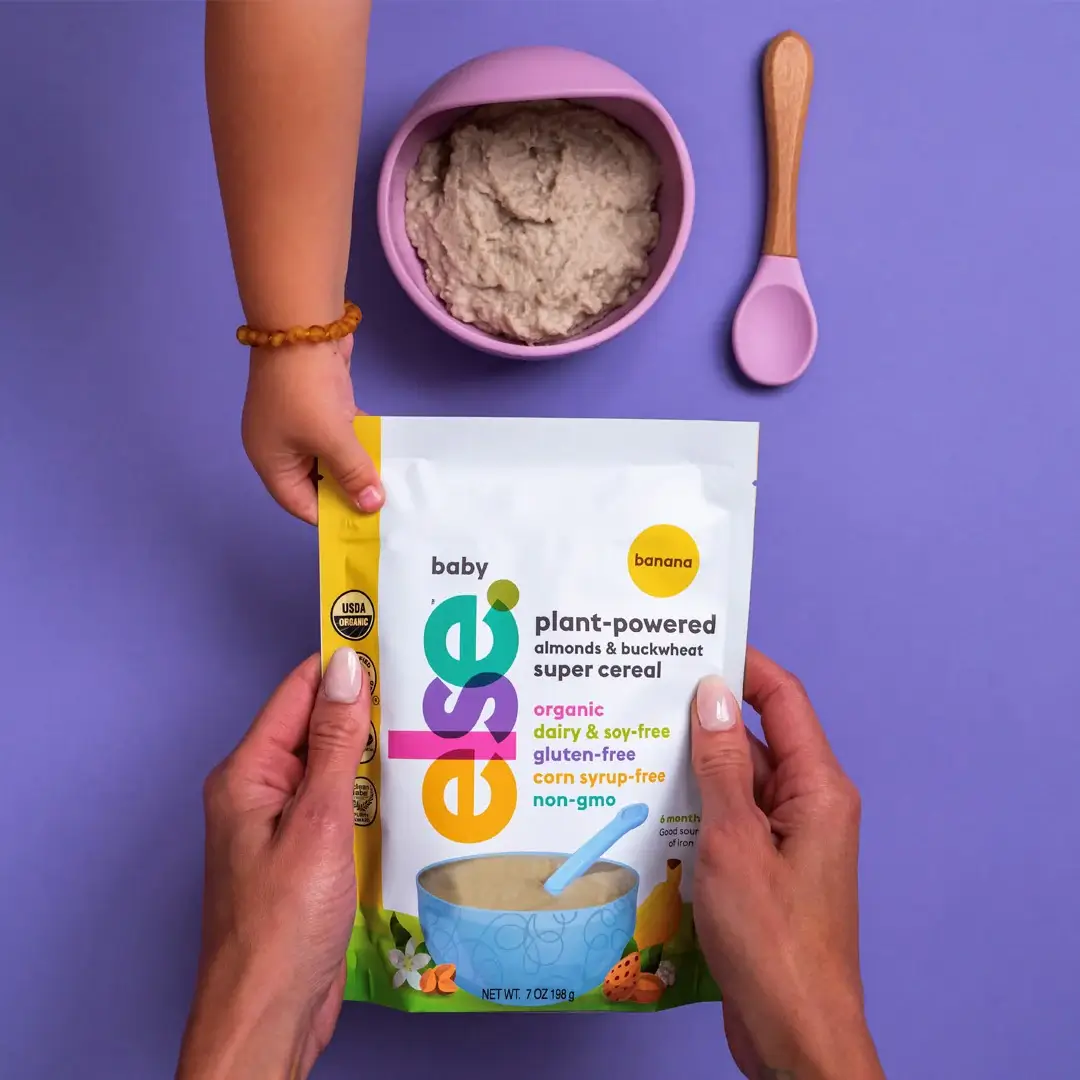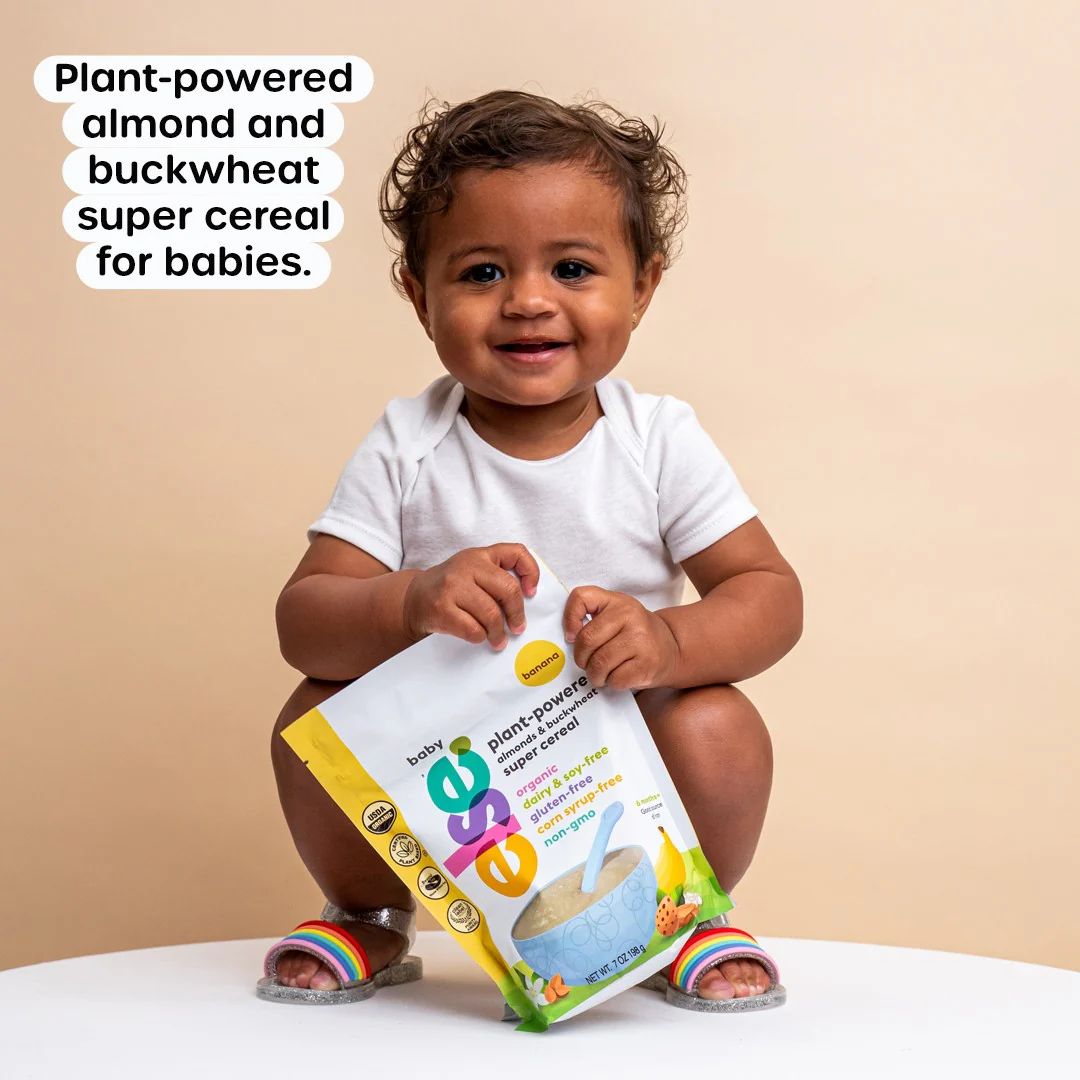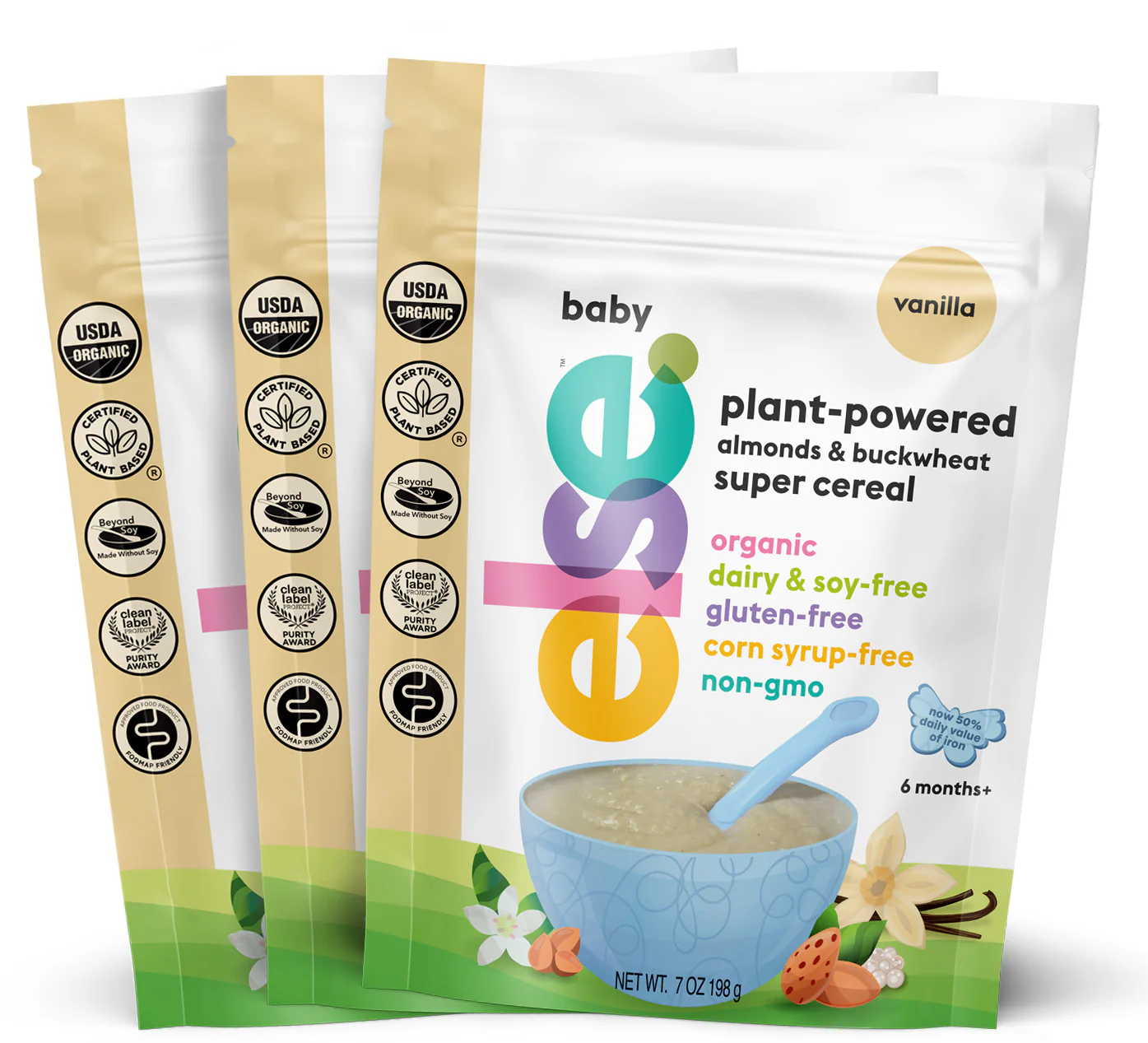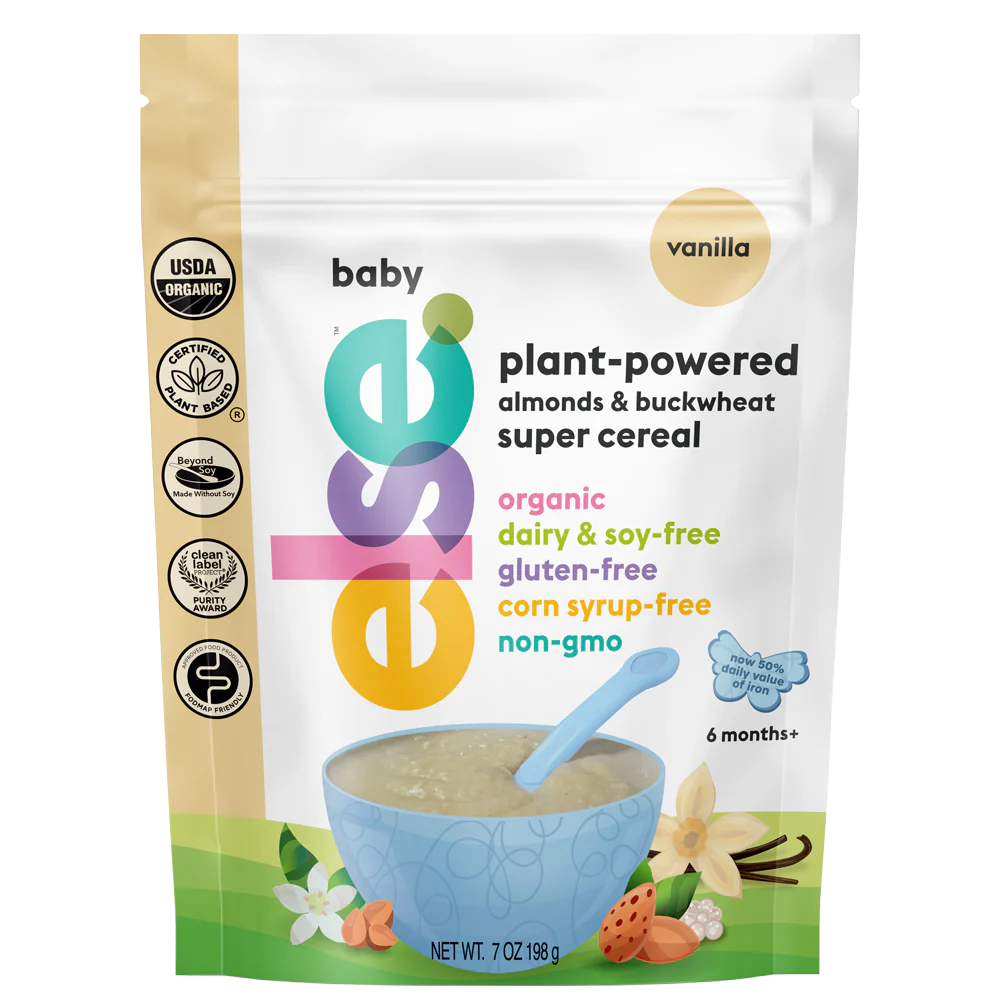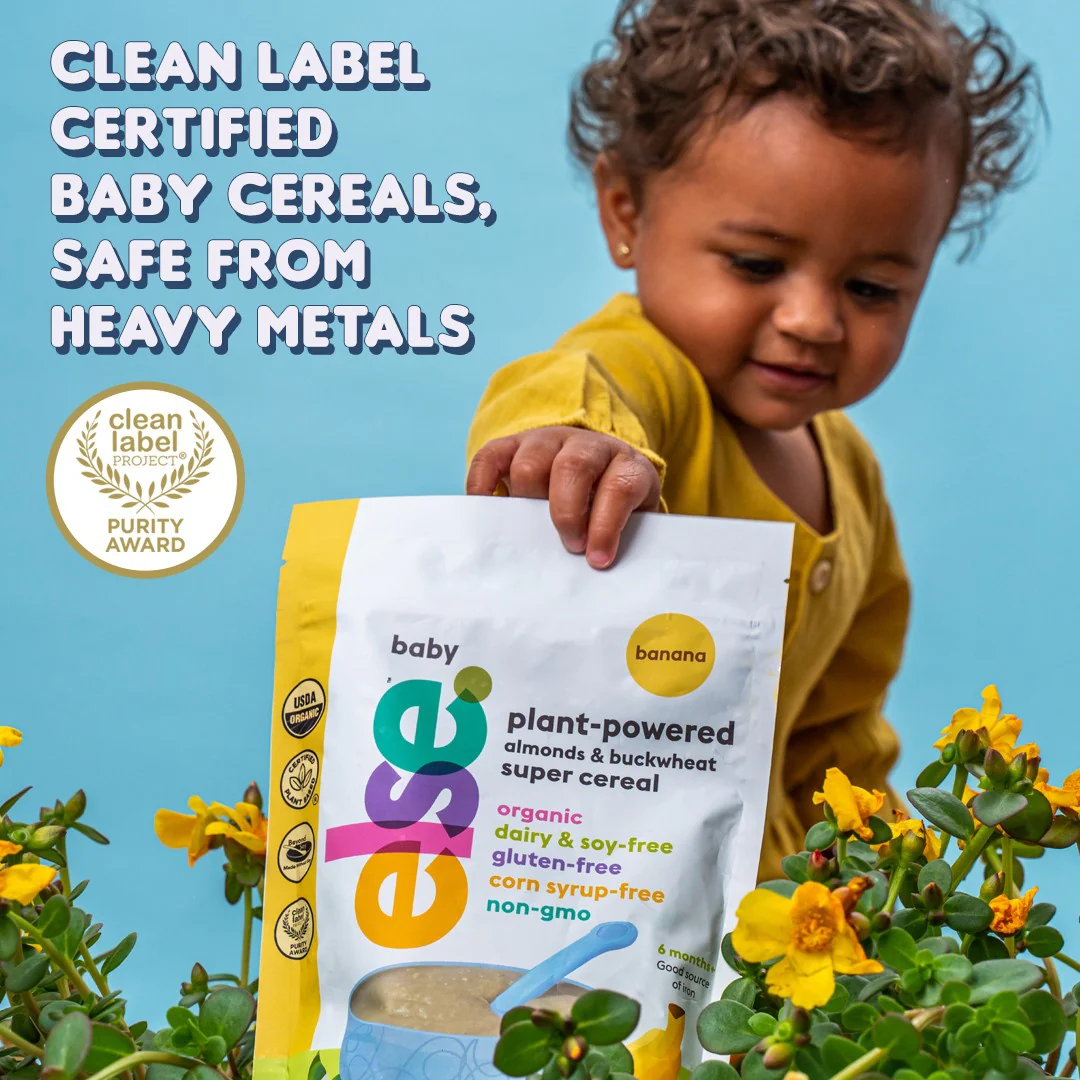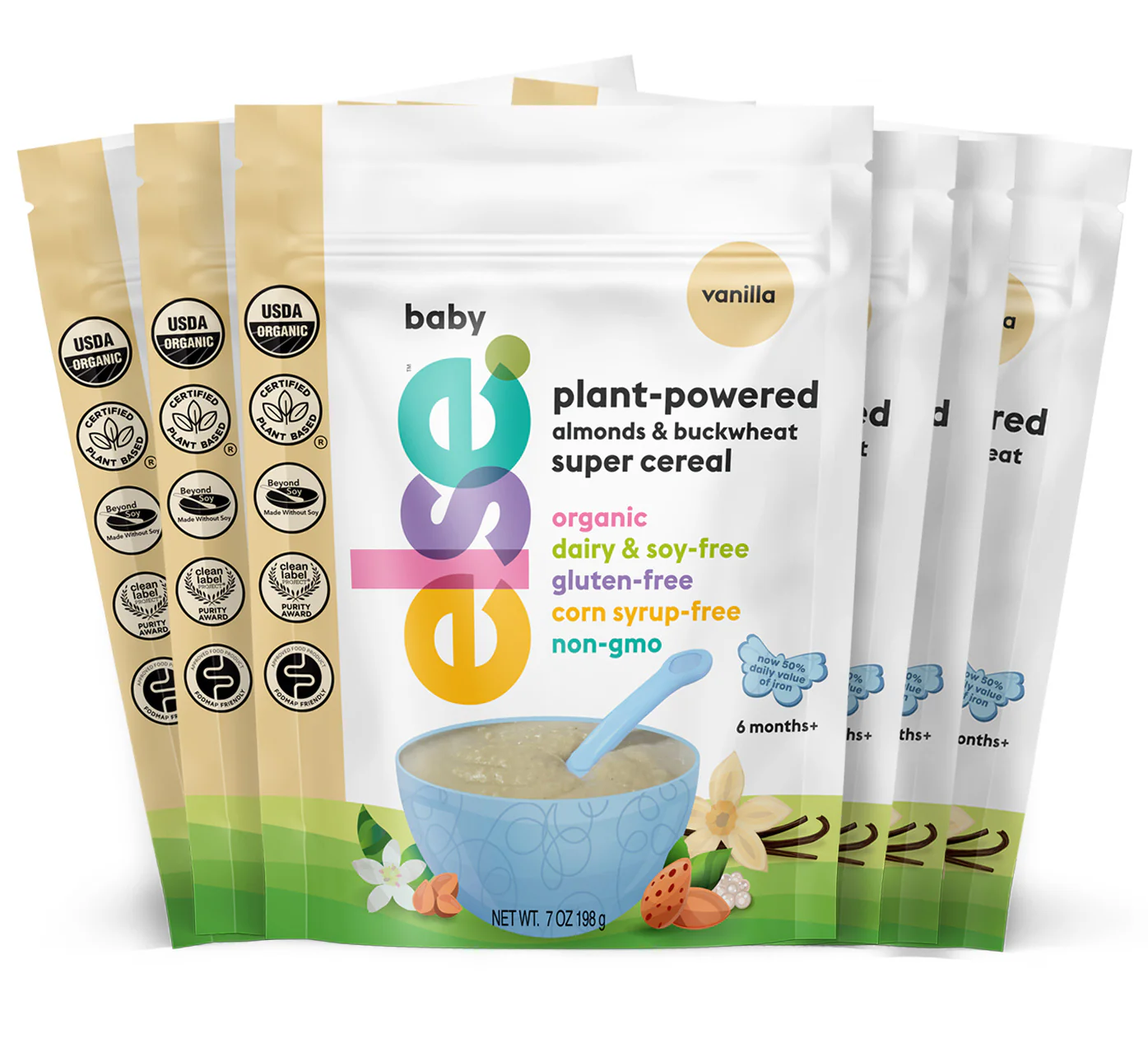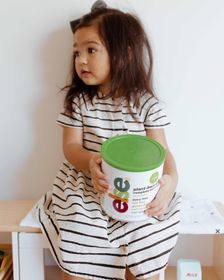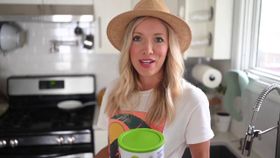How to Transition Your Baby From Breastmilk to Formula
Discover some helpful tips for transitioning your baby from breastmilk to formula.
Updated May 17, 2024

Transitioning from exclusive breastfeeding to incorporating formula can be a path that many mothers find themselves on, despite initial intentions of pure breastfeeding. Globally, only about 40% of infants under six months are exclusively breastfed, leaving the remaining 60% either supplementing breastfeeding with formula or solely relying on formula feeding.
The Switch from Breastfeeding to Formula
Some mothers opt for such mixed feeding right from the start, while others begin with exclusive breastfeeding and later make the transition to supplemental formula due to various circumstances. Using a breast pump to extract milk is one method that allows babies to continue receiving breastmilk even in the mother's absence.
The need to stop breastfeeding can arise from several factors: delayed onset of breast milk after childbirth, inadequate infant growth or weight gain, medical issues like food allergies, low milk supply, returning to work, or unforeseen situations that prevent continuous breastfeeding.
Understanding how to supplement with formula is crucial for mothers to ensure it's done safely and continues to protect their milk supply if they intend to keep providing breastmilk. To make a smooth transition from breast milk to formula, introducing formula to a breastfed baby should be gradual, allowing the baby to adjust to the change.
One method is to start by replacing one breastfeeding session with a bottle of breastmilk, gradually introducing the best formula for your baby, whether that's a different formula based on cow's milk, a special type of formula for allergies, or a brand like Bobbie infant formula. This helps your baby get used to both the baby bottle and the taste of the formula.
Remember that every baby is different and will adjust at their own pace. It may take time for your baby to get used to formula, especially if they have been receiving breastmilk from a bottle. You may find that your baby likes some formula brands more than others, so give your baby plenty of time to adjust, and don't hesitate to try different formulas until you find the right formula for your baby.
Mixing breast milk and formula in the same bottle is another technique to help the baby adjust. However, it's essential to follow the recommended ratio of formula to water and not add powdered formula directly to breastmilk.
Switching to infant formula is a big decision, and it's important to remember that as long as your baby is well-fed and gaining weight, either method—breastfeeding, formula feeding, or a combination of both—is acceptable. Whether you choose to give formula at night, wait until your baby is at least three months old before introducing formula, or want to preserve breastmilk as much as possible, the choice is yours.
In the end, the goal is a happy, healthy baby, whether they're formula fed, breastfed, or both. Always consult with a healthcare professional if you have specific queries or concerns about how to feed your baby properly.
Trusted brands like Else Nutrition now offer plant-based infant cereal options with wholesome ingredients like almonds, buckwheat, and tapioca. These formulas are great if you're looking for a sustainable, plant-powered approach and introduction to solid foods.
Early Supplementation of Baby Formula
Experts agree that it is best to wait as long as possible before introducing a nursing supplement in order to establish a full milk supply. Generally, the mother’s supply is established around two months. However, in some cases, waiting to supplement may not be an option, or it may not be the mother’s preference. In these cases the switch from breastmilk to formula should be a smooth transition and time may be needed for a baby to adjust to a new type of formula.
Reasons for formula supplementation in the hospital after birth include jaundice, low blood sugar, delay of milk coming in, excessive newborn weight loss, sore nipples, and the separation of mom and newborn for medical reasons.
Since the early introduction of a bottle can interfere with long-term breastfeeding, other methods of supplementing a newborn are preferred. These methods include:
- Use of a dropper or syringe
- Use of a medicine cup or teaspoon
- Use of a supplemental nursing system
The first two weeks of lactation are an especially critical time in establishing a sufficient milk supply in the future. Even with supplemental milk, efforts should be concentrated on creating breastmilk as much as possible and protecting the mother's milk production, if the mother desires to continue breastfeeding.
How to Introduce Formula to a Breastfed Baby
Introducing formula to a breastfed baby might seem daunting, especially considering the common misconception of mixing breastmilk and formula in the same baby bottle. While this may seem like a smooth transition strategy, it's typically not recommended for two key reasons.
First, if the ratio of formula feed combination is not prepared properly, it could potentially be harmful to the infant providing unbalanced nutrition. Second, if the infant doesn’t finish the bottle, the extra milk will have to be discarded within 2 hours, which is sooner than breast milk alone.
The recommended methods for supplementing breastmilk with formula are the "top-off" method and providing a full feed of formula. In the top-off method, you offer your baby a bottle of formula either directly after breastfeeding or after feeding expressed breastmilk from a bottle. This is often the choice for mothers with low supply as it ensures the baby gets an adequate amount at each feeding. However, it does lead to more washing up with two bottles to prepare and clean.
Alternatively, you can provide a full feed of formula at one or more times during the day, such as at bedtime or overnight feeds. This method is popular among working moms who feed only formula while away from their baby.
With What Amount of Formula You Should Start
As every baby is different, starting slowly is crucial to allow your baby to adjust. Begin with one or two bottles and gradually introduce more formula to your baby’s diet as necessary. The amount of formula needed will vary depending on individual circumstances and the baby's diet. Consulting with a pediatrician or lactation consultant can help determine the correct amount.
Remember, choosing a formula requires careful consideration of your baby's needs. Different formula brands, types of formula like cow’s milk-based or hypoallergenic, and even specific products like Bobbie infant formula, should be considered. It's all about finding the right formula for your baby, ensuring it's a formula your baby likes and adjusts to. The goal is to make the transition from breastfeeding to formula feeding as seamless as possible while maintaining exclusive breastfeeding for the first few weeks.
» Check out a step-by-step guide for supplementing your baby with formula at night
How to Prepare Formula for Transitioning
Some formulas are ready-to-feed, meaning they are in liquid form and fed to the infant as is. Other times, an infant formula comes in powder form and needs to be mixed. Powdered formula is not sterile, so it’s important to understand how to properly prepare it, to prevent the possibility of contamination. Remember to add powdered formula directly to water to decrease risk of contamination. Always carefully read the preparation instructions written on the formula’s label.
Steps:
- Wash your hands with soap and water.
- Add the amount of water listed on the formula instructions to the baby formula bottle. Use water from a safe source. It is not always necessary to boil the water first.
- Add the recommended amount of powder listed on the formula instructions. Always use the scoop provided with the formula. Adding an incorrect amount could make the infant ill.
- Mix the bottle by shaking or swirling thoroughly.
- Warming the formula is not necessary though many choose to do so. Warming should not be done in the microwave. To warm the bottle of formula, place the bottle in a mug or pan of warm water. Be sure to check the temperature before feeding the infant by putting a couple of drops of the formula on the back of your wrist.
» Find out when changing formula may help a gassy baby
How to Bottle Feed a Infant used to Breastmilk
Many experts agree that an infant being offered a bottle, whether its formula or breast milk, should be paced during the feeding. The goal of pacing the infant at the bottle is to mimic the flow of breastfeeding and allow the baby to set the pace. Here are the key points to paced bottle feeding:
Hold the infant in an upright position. Do not feed lying down.
Allow the infant to draw the nipple in their mouths on their own.
Feeding at the bottle should take a similar length of time as a feeding at the breast.
Encourage frequent pauses while the baby drinks from the bottle to mimic the breastfeeding mother’s let-down patterns.
Switch sides halfway through the bottle feeding to promote proper eye development and prevent side preferences.
Stop the feeding if the infant shows signs of being satisfied. Do not force them to finish the bottle.
» Read more on how to choose the right dairy and soy-free formula for your baby
Additional Considerations When Supplementing While Breastfeeding
There are a few things to note when supplementing breastfeeding with formula. It’s possible that the baby may initially refuse formula and/or a bottle if they have been exclusively breastfed for a while. Just keep trying.
When introduced to formula, the stools of infants may change. They may appear less yellow and slightly more formed compared to the stools of an exclusively breastfed baby. This is normal and to be expected.
The Right Formula
Make sure you have chosen the right formula for your baby and when you first introduce formula to a breastfed baby look out for signs of allergens. The transition to formula from breastfeeding might need you to wean your baby from breast milk to formula and if at first it is not a smooth transition don't give up. Remember that every baby is different so the transition to formula from breastmilk will not look the same for every child. Else Nutrition offers Baby Super Cereal, which is a great option when you decide to introduce solid foods for your baby. They are plant-based, gluten-free, and easy to digest.
The Switch from Breastmilk to Formula
Choosing to introduce formula to a breastfed baby is a significant decision that can sometimes be daunting, but it's crucial to remember that it's about what serves the best interests of both mother and baby. The journey from exclusive breastfeeding for the first few months doesn't have to be an absolute shift. Even a small amount of breastmilk offers immense benefits and there's no necessity to cease breastfeeding entirely while incorporating formula into your baby's diet.
The key to a smooth transition from breast milk to formula is patience and understanding that every baby is different. Give your baby plenty of time to adjust to the change as you find the right formula for your infant's needs. Whether it's a cow's milk-based formula, a variant for babies sensitive to milk protein, or a different formula altogether, the best baby formula is one that your baby likes and adjusts well to.
Start by giving your baby a bottle of prepared formula once a day, gradually increasing the amount of formula while decreasing the ratio of breastmilk as much as possible. You could also consider mixing breast milk and formula in the same bottle to help your baby get used to the new taste.
Remember that transitioning to formula from breastmilk is a big step and not all babies will adjust at the same pace. It might take a while for your baby to get used to formula, especially since breastmilk from a bottle digests faster than formula. So, it's advisable to wait until your baby is at least three months old before introducing formula.
Lastly, keep in mind that as long as your baby gets the nutrients they need and grows healthily, whether through breastfeeding, formula feeding, or a combination of both, you're doing a great job!
Sources
CDC. Breastfeeding Report Card.
Kids Health. Breastfeeding vs. Formula Feeding.
Very Well Family. Sudden Weaning From Breastfeeding.
Grow by Web MD. What Is Mastitis?




